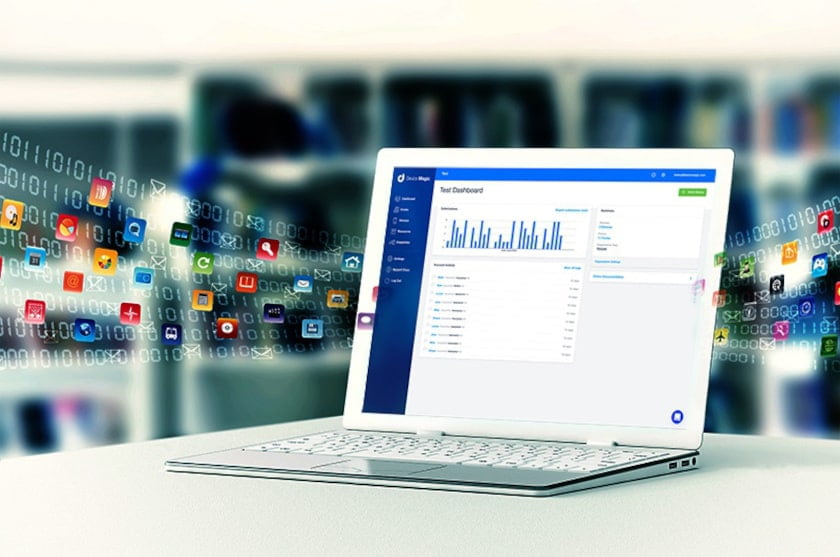5 Signs It’s Time to Invest in Data Collection Software

Technology has become a major part of how we live our lives. Although the world is increasingly digital, this doesn’t always translate into how businesses operate. Your company may be stuck in a traditional way of doing things, with field techs or representatives filling out paper forms on the road and data being manually entered into an Excel sheet. This method of collecting data can work just fine, but it can also take more time than it really should and become an inefficient way to operate.
You might be wondering if there is a better way to reduce costs and boost productivity. If these challenges are impacting your day to day operations, then it’s time to invest in data collection software.
1. Techs Working Remotely
The freedom and flexibility that comes from the ability to work remotely, also brings operational challenges. Whether this means your techs work around your local area or halfway around the world, they need to be able to keep your office updated on their progress or any problems. Data collection software can help them to do that by organizing reports and data into one system. That way, you don’t have to search in multiple places to find what you need.
You can get a notification in real time when submissions come in, so you can see right away if there are any issues. Technology that is fully functional offline can also be critical in these types of situations where techs in the field may be in areas without an internet connection or cell coverage.
With techs working in the field, you’ll want to explore a “bring your own device” policy (BYOD) and decide if it can work for your company, and your data collection needs.
2. Paperwork is Incomplete
There’s nothing worse than going through a report and trying to fill in the gaps because the paperwork wasn’t completed fully. When paperwork comes in from the field that is incomplete, illegible, or worse, doesn’t come in at all, this inconsistent data becomes a major problem. Time is then spent tracking down missing information and paperwork, which slows up the rest of your process.
3. You’re Wasting Time on Data Entry
Manual data entry can be a major time suck every day. And when your business relies on getting that data and information processed, you can’t afford the delay. Data collection software can eliminate this wasted time by taking out the extra step. Paperwork, reports and forms are filled out within the system, so once they’re completed everything is already in one place, no additional entry required. By going paperless, you can avoid manually typing in forms.
Because data integrity is so important, avoiding errors during data entry needs to be a priority. When you get your data more quickly, you will be able to analyze and use it sooner. You can run the reports you need and easily filter the data and know that it is accurate. This leads to greater overall efficiency because you’ll be able to better update plans and schedules based on what still needs to be done.
4. Administrative Processes are Slow
When you don’t have the data and information that you need, everything else gets backed up too. You lose time waiting for data to come in from the field. If your techs only bring in their forms to the office at the end of the day, or submit a report at the end of the week, you are stalled until then.
How often is time lost between getting the report from a service call and when you are able to process the ticket and invoice the customer for service? Or when taking handwritten notes and turning them into a pdf quote that can be sent to a customer? When time is money, these types of delays and slow processes can result in loss of business.
Using data collection software to receive this information in real time makes a difference in your efficiency and ability to turn projects around.
5. Your Systems aren’t Integrated
It can be a huge point of frustration when the systems you use don’t integrate together or there is no unifying organizational system; photos from a job site get stored in one place, daily reports get emailed to a manager and an inspection checklist is hand delivered to the office. You need parts of the data to be stored in different places, which means you’re stuck uploading pieces individually when data isn’t collected in one place or sent to the right person in the necessary format.
But when you need to see a report of the work that was completed for the week, having data all over the place makes it difficult to get a complete picture.